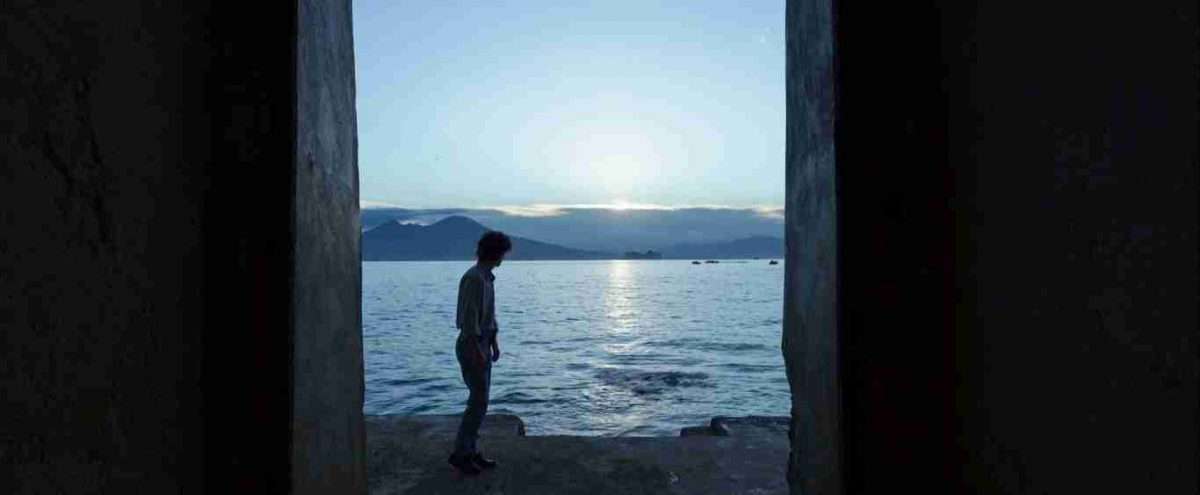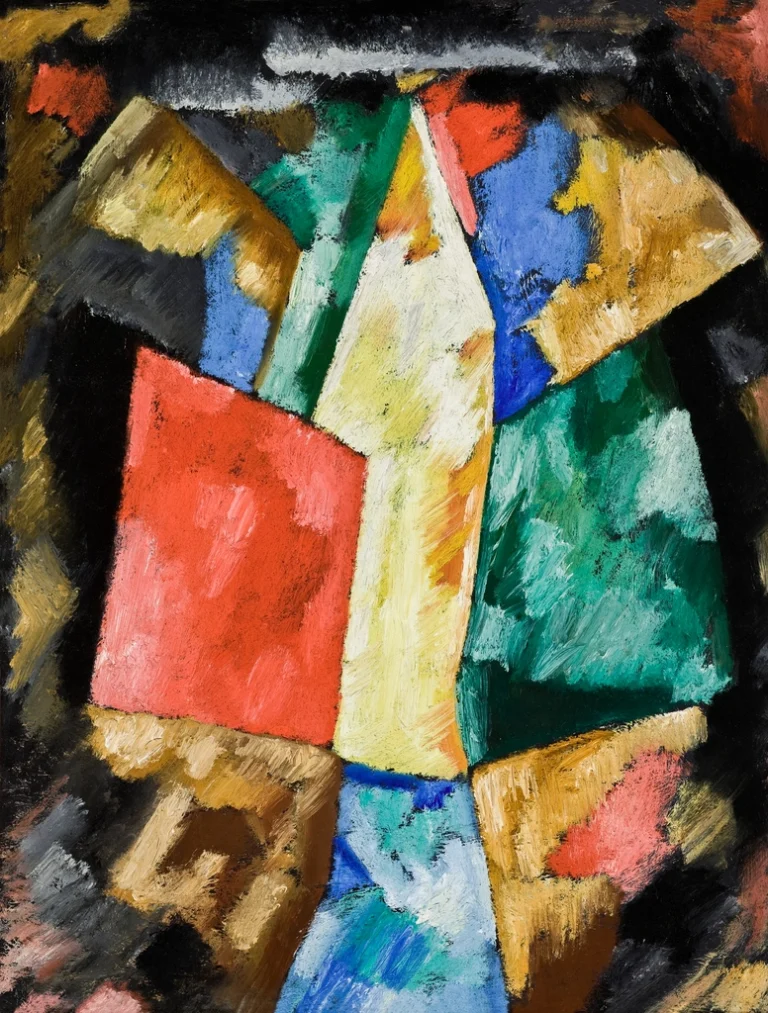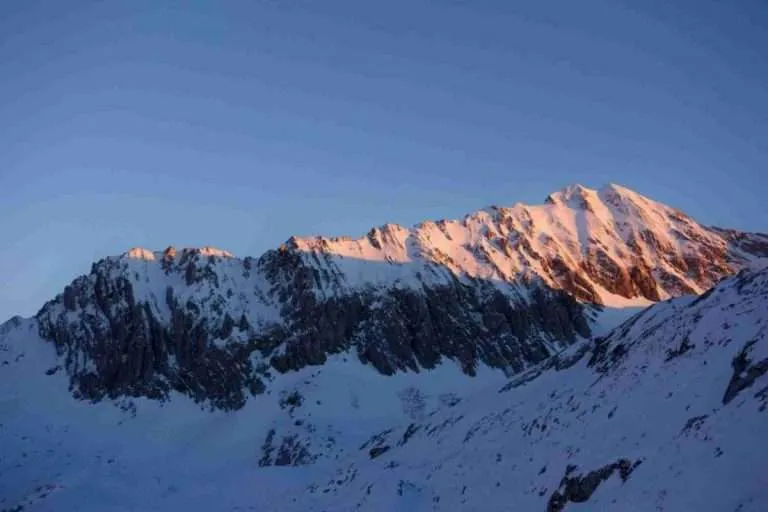
Paolo Sorrentino’s “The Hand of God” (È Stata La Mano di Dio) is a beautiful, eloquent, and heartbreaking film showcasing the best, the bizarre, and the everyday aspects of life in Naples. It is also largely autobiographical, featuring a real tragedy from Sorrentino’s life.
The movie is told from the perspective of Fabio (called by the diminutive Fabietto) Schisa, the teenage version of Paolo Sorrentino. Filippo Scotti, who delivers an incredible performance full of nuance and emotion, took home the Marcello Mastroianni award for best performance by an emerging actor or actress from the Venice Film Festival. Surrounding him is an equally well-cast group of actors, including Sorrentino favorite Toni Servillo, who plays Fabietto’s father Saverio.
As an admirer of Sorrentino and Naples, I was keen to understand the director’s roots. This included the locations, events, and cultural touchstones that he chose to include in his so-called Amarcord. So, during and after my second watch, I took notes and did some research. Here are some of the things I learned.
Note: This post contains spoilers!

Locations in “The Hand of God”
The city of Naples, including its bay and islands, is the main protagonist. This is made clear by the opening scene, which approaches the expansive city from its bay.
“It is the only scene in which Sorrentino allows himself the luxury or whim that binds him to his photographic and imaginative grandeur, together with the opening credits that precede it, superimposed on a Naples seen from its sea, not that of the landings of the commuters of the islands but that of the fishing boats of the city that was, today a heritage of tourists and bored citizens who try to escape the heat of the bowels admiring, among the light waves, Capo Posillipo, Mergellina and the Riviera di Chiaia, via Partenope, Santa Lucia and the tuffaceous miracle of Castel dell’Ovo.”
Lo sguardo impossibile | Chi fugge e chi resta nella Napoli di Sorrentino | L’Indiependente
Piazza del Plebiscito. The main piazza of Naples, Piazza del Plebiscito was still open to cars in the 1980s. This is where Zia Patrizia, played unflinchingly by Luisa Ranieri, encounters San Gennaro as she waits for a bus.
Vomero. This is where the real Paolo Sorrentino grew up. In fact, the film was shot in the very apartment building on Vomero Hill (Via San Domenico) where Sorrentino lived with his family. (If you’ve read Elena Ferrante, you’ll know that the Vomero is the tonier part of Naples, high on a hill above the noise and chaos.)
Galleria Umberto I. This late-19th century covered shopping gallery, which at a glance looks like Milan’s famous Galleria Vittorio Emanuele II, is a landmark on most first-time tours of Naples, In the film, Galleria Umberto I is where Fabietto encounters the director Antonio Capuano. It’s also the scene of a theatrical, Felliniesque moment.

Masseria Astapiana Villa Giusso (website | reviews). The charming, and sometimes awkward, family scenes at the beginning of The Hand of God were filmed at Villa Giusso, an agriturismo/manor house overlooking the Sorrentine Peninsula.
Massa Lubrense. It is here, in these clear waters of the Crapolla Cove on the Amalfi Coast, where the family swam and where Aunt Patrizia sunbathed. (Indeed, this is the same area as the hotel with the delectable zucchini pasta and the biblical rainstorm in Stanley Tucci’s Searching for Italy Season 1.)
Stadio San Paolo. The swimming scene in Massa Lubrense is broken up by a boat chase between the Guardia di Finanza and a cigarette smuggler named Armando. After a match at Stadio San Paolo Fabietto recognizes Armando, played with such nuance by Biagio Manna, and befriends him. Stadio San Paolo was renamed Stadio Diego Maradona after the death of the football star in 2020.
Capri. Later in the film, we see Armando invite Fabietto to go on a late-night boat ride to check out the nightlife in Capri. In one of the more humorous moments of “The Hand of God,” we see the two of them sitting in an empty Piazzetta. “We should have gone to Ischia,” Armando says.
Roccaraso (Abruzzo). Roccaraso, in the region of Abruzzo, is a mountain village about two hours north of Naples known for its good skiing and honest food. In the early scenes of the film, we see the Schisa parents discussing their dream country house in Roccaraso. Sadly, this is where the film’s central tragedy strikes.
Stromboli. Fabietto and his brother Marchino, played by Marlon Joubert, escape to the Aeolian island of Stromboli to figure out their next steps in life. Stromboli, home of the still-active volcano Mount Stromboli, is accessible by ferry from Naples.
La Piscina Mirabilis. This ancient Roman cistern in the heart of the Phlegrean Fields inspired artists and travelers for centuries, particularly during the days of the Grand Tour. La Piscina Mirabilis is where Fabietto also begins to find his inspiration, thanks to a pivotal scene with Director Antonio Capuano.
Formia. The yellow train station at the end of the film is the station in Formia. This small town is located about halfway between Naples and Rome and is accessible if you take the Regionale (slow) train between the two cities.

People in “The Hand of God”
Diego Maradona. Anyone who knows soccer knows the name of Diego Armando Maradona and his importance to the city of Naples. The title of the film—È Stata La Mano di Dio, (It Was) The Hand of God—references Maradona’s controversial point scored for Argentina in the quarter-finals match against England in the 1986 World Cup. Maradona actually tried to sue Sorrentino and Netflix when the film began production (as if the former soccer star had a license to miracles). Maradona passed away in November 2020 and a judge threw out the “hand of god” case. By the way, we barely see any image of Maradona in the film—only his spirit, which is the point.
San Gennaro and O’ Munaciello. San Gennaro (Saint Januarius), Naples’ patron saint, and “o’ munaciello,” the little monk, are important to Neapolitan folklore. So it’s no surprise that the pair appear in the opening scenes, like a surreal dream to Aunt Patrizia.
According to tradition, the munaciello appears to people who have had a lot of bad luck and need something positive. During the night, the munaciello would ask people to follow him and only those who had the courage to do so would be given treasure chests and fortunes, including money.
The story of ‘O Munaciello: the spirit of charity in Naples
O’ Munaciello also makes an appearance at the end of the film on the platform at Formia station.
Renato Guttuso. In one scene, Saverio Schisa, father of Fabietto, mentions the painter Renato Guttuso: “È uno di noi.” Saverio prides himself on being a communist and of his southern Italian roots. Renato Guttuso’s paintings, which focused on anti-fascist themes and the painter’s native Sicily, reflect that pride.
Federico Fellini. Paolo Sorrentino is often compared to fellow Italian director Federico Fellini. Like Fellini, Sorrentino employs in his films a “hallucinatory blend of everyday observations and extravagant spectacle.” Sorrentino’s “The Great Beauty” is Dolce Vita 2.0, while “Hand of God” is being called his “Amarcord” (a reference to Fellini’s semi-autobiographical set in his native city of Rimini). Fellini “appears” in this film as he searches for actors in Naples:
Sorrentino: I tried to be very careful not to make a movie like Amarcord, which is a masterpiece and cannot be imitated. The anecdote of my brother going to a Fellini audition is factual. It truly happened. Fellini is a filmmaker I greatly admire, who had a huge influence on me, and I’m indebted to him. So it is possible that it may have entered into my movie through the backdoor without me even realizing that. But I did deliberately try to do my best not to imitate him, even though I might not have succeeded in that.
Paolo Sorrentino & Filippo Scotti on Federico Fellini, Diego Maradona, and the Therapeutic Journey of The Hand of God
Antonio Capuano. A pivotal scene in “The Hand of God” is between Fabietto and director Antonio Capuano. Sorrentino has said that Capuano is, among Maradona and Fellini, one of his “divinities.” And we see in “The Hand of God” that the Neapolitan director serves as both a mentor and a father figure to a young Fabietto who is trying to find his way as both a filmmaker and as a young man.
Other Cultural References
Once Upon a Time in America. Known as “C’era una Volta in America,” this gangster classic by Italian director Sergio Leone is mentioned several times in the film. In the mid-1980s, when “Hand of God” is set, Leone’s film was considered one of the best contemporary Italian films and it also provided foreshadowing into Fabietto’s growing interest in cinema and a directing career.
Canederli. Known as Knödel in their native Südtirol (Trentino-Alto Adige), Canederli are delicious bread dumplings that look a little bit like meatballs. We see canederli twice in “The Hand of God”—as forbidden food when the Schisa’s are getting yelled at by their northern neighbors after a prank is discovered and near the end when the same neighbor offers them to Fabietto. Though there are other food moments in the film—the grandmother eating a whole ball of mozzarella, the kickbacks of watermelon—the canederli serve to show Fabio’s transition from childhood to adulthood. Here’s a Pasta Grannies video on making canederli.
The Walkman. Fabietto’s Walkman is basically Chekhov’s gun. Fabietto is never without his portable cassette player and headphones, but we never actually hear him listen to music on it until the very end. We learn that the Walkman is necessary. It allows Fabietto to escape mentally into the world of art and nostalgia, a necessity for him to begin making films. Of course, he listens to:
Napule é. This is the quintessential song of Naples, a soulful poem about the city by another son of Napoli—Pino Daniele. The song carries Fabietto out of Naples and towards his future while carrying us out of the film with a touch of sadness and hope.






